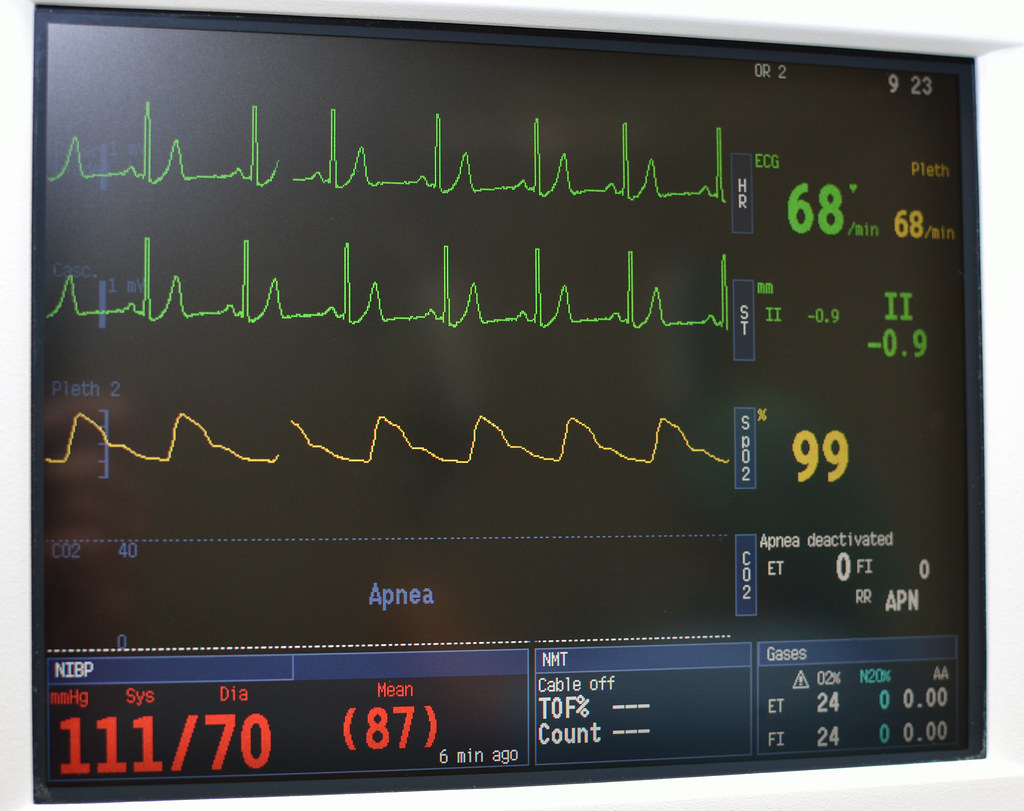The Vital Signs are a collection of the four to six most critical medical signs showing the status of the body’s vital (life-sustaining) functions. Doctors take such tests to help determine a person’s general physical health, provide clues to potential illnesses, and demonstrate progress towards recovery. The normal ranges of vital signs differ with age, weight, gender, and overall health.
There are four primary vital signs: body temperature, blood pressure, pulse (heart rate), and respiratory rate, often notated as BT, BP, HR, and RR. However, the vital signs can include other measures like height and weight, called the fifth vital sign and sixth vital sign. The LOINC globally recognized standard coding scheme documents vital signs.
Importance of Vital Signs
Taking the vital signs on each visit can be critical to your patient’s health. Vital signs include body temperature, blood pressure, heart rate, and respiratory rates. However, additional vital statistics that can help recognize a predisposition to a disease or condition and help with proper medication dosage include weight and height. Why are patient v-signs checked? Vital signs include measuring when a patient is healthy relative to a patient’s condition when they are not healthy. Vital anomalies may also be a hint of sickness or disease affecting the body’s organ systems.
Sign No. 1: Body Temperature
The body temperature range must be maintained for the body to function correctly. In addition to monitoring body temperature, if a patient has a fever, a target will be set for potential appointments to detect deviations. The medical assistant must also become acquainted with the correct protocol to monitor body temperature during a patient’s visit, how the body controls temperature through heat output, heat loss, body temperature conditions, and affecting body temperature. Standard body temperature ranges from 97 to 99 degrees Fahrenheit.
Sign No. 2: Blood Pressure
Blood pressure is the standard measure of blood pressure in a blood vessel as it presses against the artery walls. During contraction, the highest amount is the systolic pressure. When the heart stops to relax and refill momentarily, arterial pressure decreases. This drop is the diastolic pressure. A blood pressure cuff tests this vital sign, the blood pressure is written as a percentage—systemic pressure on diastolic pressure. Stable blood pressure is 120/80, any higher; you might have hypertension. Hypertension is severe blood pressure with undue pressure on artery walls and reading above 140/90. Hypotension is low blood pressure with more downward pressure on artery walls, which meter reads less than 95/60.
Sign No. 3: Heart Rate
The heart contracts and drives blood into the aorta. Since it already has blood, the aorta must widen to make room for fresh blood. This process generates a pulse wave across arterial system walls. Medical professionals calculate the heart rate by counting beats per minute (bpm). The medical assistant will know how to determine the patient’s heart rate readings. A medical assistant will master pulse forms, including radial pulse, apical pulse, brachial pulse, ulnar pulse, temporal pulse, carotid, femoral pulse, popliteal pulse, rear tibial dorsalis pedis pulse.
Sign No. 4: Respiration Rate
Why is the respiratory rate so important? Respiration is exchanging oxygen and carbon dioxide. Assessment should be performed without patient awareness because they may adjust the rate if they know that the doctor is checking them. Inhalation lungs expand with oxygen. When lungs exhale, they remove carbon dioxide from the body. A regular, healthy adult breathes 12 to 20 times a minute. Respiration rhythm should be even and constant, with equal breaks between inhalation and exhalation. Some experts include height and weight as fifth and sixth vital signs, respectively. However, the above mentioned four vital signs are more common.

Wow! Thank you! I constantly wanted to write on my site something like that. Can I take a portion of your post to my website?
Loyalty and bonus programs are essential for a fantastic all-around expertise at a slots website.
I just couldn’t go away your web site before suggesting that I extremely loved the standard information an individual supply on your guests? Is gonna be back steadily to investigate cross-check new posts.
https://cbdacbd.com/cbd-oil-without-thc-usa-the-right-cbd-product/
I enjoy your piece of work, regards for all the useful content.
Pingback: Google